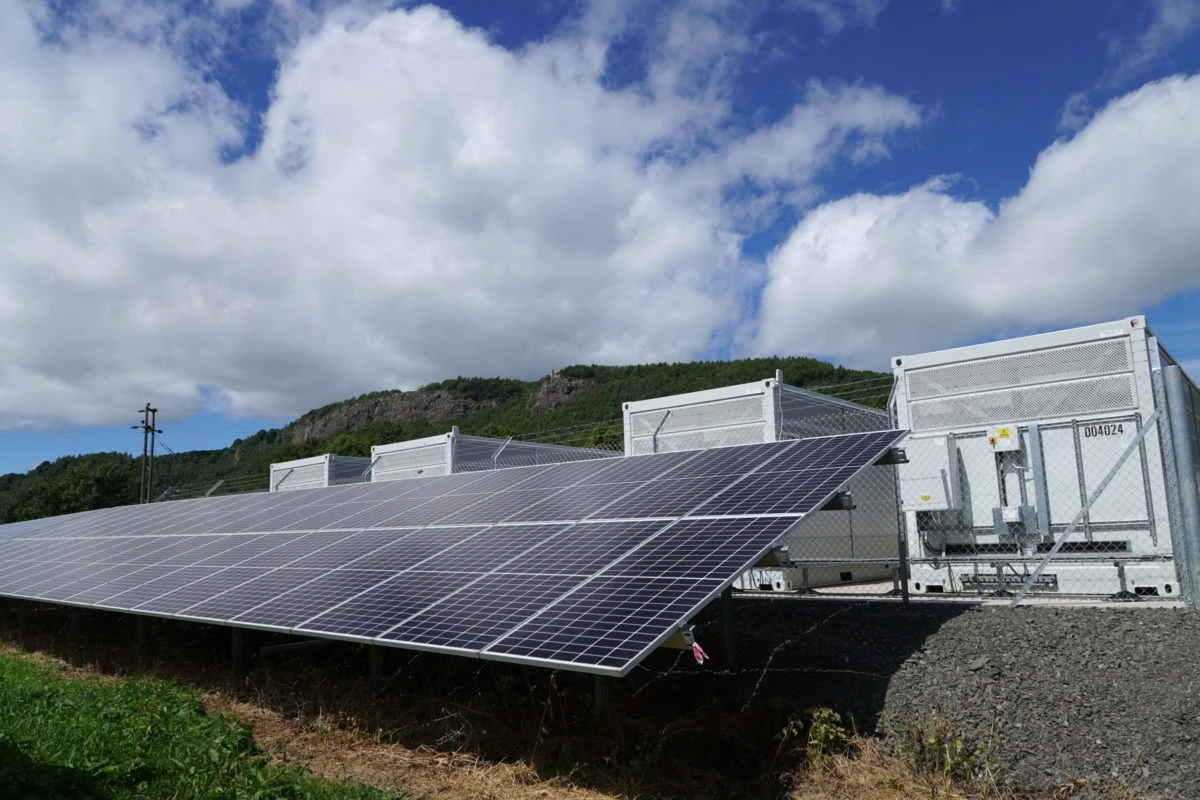Introduction: A Key Step in Energy Transition
As the global climate crisis intensifies and renewable energy technologies advance, Solar-Plus-Storage systems are emerging as a core pillar of energy transition. These systems are not just tools for households and businesses to reduce electricity costs—they are essential for grid stability, energy independence, and achieving net-zero carbon goals. This article will explore the working principles, key advantages, application scenarios, and future trends of this revolutionary energy solution, helping you fully grasp its potential.

1. What Is a Solar-Plus-Storage System?
Definition: A Solar-Plus-Storage system integrates a solar photovoltaic (PV) power generation system with battery storage, creating a comprehensive energy solution for generation, storage, and consumption.
Core Objectives:
- Maximize Self-Consumption of Green Energy: Generate electricity during the day, store excess energy, and use it at night or during cloudy conditions.
- Peak Shaving and Load Shifting: Reduce electricity costs during peak grid hours and decrease reliance on traditional power grids.
- Emergency Backup: Provide critical power support during outages or natural disasters.
2. System Components and Technology Principles
Solar PV Array
- Converts sunlight into direct current (DC) electricity through solar panels.
- Efficiency factors: Monocrystalline vs. polycrystalline vs. thin-film solar cells (monocrystalline has the highest efficiency, exceeding 22%).
Inverter
- Converts DC electricity into alternating current (AC) for use in homes and businesses.
- Smart inverters: Enable two-way interaction with the grid, dynamically adjusting power distribution.
Battery Storage
- Lithium-ion batteries: The mainstream choice (e.g., Tesla Powerwall, BYD Battery Box) with high energy density and long lifespan (10-15 years).
- Lead-acid batteries: Lower cost but shorter lifespan, suitable for small off-grid systems.
- Emerging technologies: Sodium-ion and flow batteries (high future potential).
Energy Management System (EMS)
- Intelligently controls energy generation, storage, and consumption to optimize efficiency.
- Supports remote monitoring and real-time adjustments via mobile apps.
3. Four Key Advantages of Solar-Plus-Storage
1. Economic Benefits
- Lower electricity costs: Leverage self-generated power and peak-hour price arbitrage (e.g., California’s PG&E peak rates reach $0.50/kWh, and storage systems can save 40% on costs).
- Long-term returns: With a lifespan exceeding 25 years, the payback period has been reduced to 5-8 years, improving as technology advances.
2. Energy Independence & Reliability
- Reduce dependence on the grid and ensure power supply during extreme weather or outages (e.g., in Texas' 2021 winter storm, storage systems saved thousands of households).
3. Environmental Impact
- A 1MW Solar-Plus-Storage system can reduce CO₂ emissions by approximately 1,500 tons annually, contributing to carbon neutrality goals.
4. Grid Support
- Distributed energy storage relieves grid pressure and enables participation in Virtual Power Plant (VPP) projects, generating additional revenue.
4. Typical Application Scenarios & Case Studies
| Scenario | Challenges | Solution | Example |
|---|---|---|---|
| Residential Users | High electricity costs, outage risks | Rooftop solar + 10kWh storage battery | Australian homes using Tesla Powerwall reduced electricity bills by 90% |
| Commercial Buildings | Large peak-demand fluctuations, need for stable power supply | Rooftop/parking lot solar + containerized storage | Walmart warehouses implemented Solar-Plus-Storage, saving $3M annually |
| Remote Areas | No grid access or unstable power supply | Off-grid solar + battery storage | African rural schools achieved 24-hour electricity supply |
| Utility Companies | Insufficient peak power regulation | Large-scale solar farms + 100MW storage systems | China’s Qinghai province built the world's largest hybrid wind-solar-storage project (2.2GW) |
5. Challenges & Solutions
1. High Initial Costs
- Solution: Government incentives (e.g., U.S. ITC tax credit of 30%), financing options, and battery second-life utilization.
2. Technical Complexity
- Solution: Choose integrated solution providers (e.g., SolarEdge, Huawei Smart PV) to simplify installation and maintenance.
3. Policy & Regulatory Barriers
- Solution: Stay informed on regional policies (e.g., EU’s “REPowerEU” plan, China’s 14th Five-Year Plan for energy storage) and prioritize deployment in supportive markets.
6. Future Trends: Smart & Scalable Solar-Plus-Storage
- Cost Reduction: Lithium battery prices are expected to drop to $70/kWh by 2030 (BloombergNEF).
- AI-Driven Energy Management: Machine learning will predict weather and consumption patterns to optimize charging/discharging strategies.
- Hydrogen Coupling: Solar-powered hydrogen production + storage will address long-duration energy storage challenges (e.g., Germany’s Hybrid Power Plant project).
- Virtual Power Plants (VPPs): Aggregated distributed storage will enable users to participate in energy trading, transforming them from consumers into “prosumers.”
7. How to Choose the Right System?
Define Your Needs:
- How much electricity does your home or business consume?
- Do you need backup power for outages?
Budget & System Size:
- Residential: 5-20kW solar + 10-30kWh storage (estimated cost: $15,000 - $50,000).
- Commercial: 100kW+ solar + 100kWh+ storage.
Evaluate Providers:
- Assess technology maturity, local service availability, and warranty terms (e.g., 10-year battery warranty).
Conclusion: Embracing an Energy-Independent Future
Solar-Plus-Storage is more than just a combination of technologies—it represents energy democratization, empowering individuals to become producers and managers of clean energy. As technology advances and policies support further adoption, these systems will become a standard feature for homes, businesses, and national energy strategies. Whether you aim to cut costs, combat climate change, or ensure energy security, now is the best time to invest in this transformative solutio

